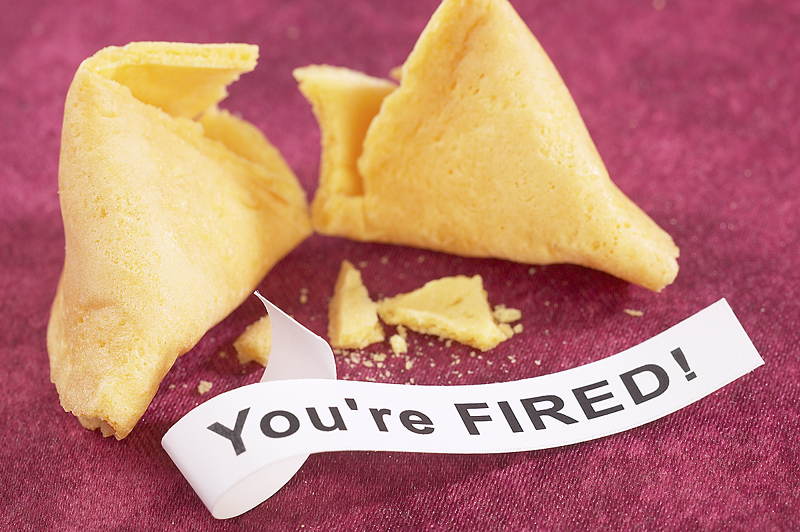What’s Wrong With Broccoli?
July 4, 2012 in Daily Bulletin, Signature

The Supreme Court’s decision to uphold the healthcare law mentioned broccoli a dozen times, writes L.V. Anderson. Those opposed to the health care law have often likened it to the government forcing you to eat broccoli. Why is it that of all vegetables broccoli is the one that is used in this way?
- Up until the 1920s broccoli was associated with Italian immigrants who were viewed in a negative light.
- In the 1940s there was a suburban craze for canned foods and it’s basically impossible to can broccoli.
- This meant that it had to be cooked from scratch – thus it became associated with wives and mothers working hard to force something healthy upon you.
- Broccoli has a unique dual texture that is unappealing to kids who anyway dislike bitter foods.
- Moreover, unlike spinach, broccoli never had a Popeye like PR campaign to help its reputation.
To read more including seminal cartoons that show how broccoli has been viewed through the decades, when broccoli first became used as a rhetorical tool by conservatives in America, why there was a special shipment of broccoli to the White House, how Veggie Tales could have helped stopped this association, and what it took to make broccoli a part of the American dinner table click here.
Source: Slate









Join the Discussion! (No Signup Required)